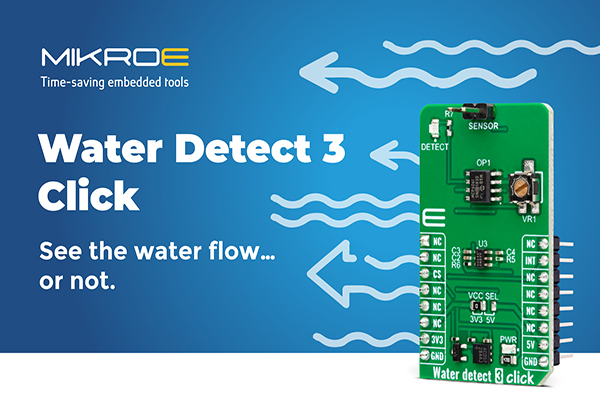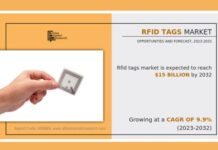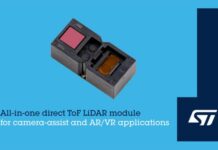MikroElektronika (MIKROE), the embedded solutions company that dramatically cuts development time by providing innovative hardware and software products based on proven standards, has launched Water Detect 2 Click, a compact add-on board that can detect the presence/flow of a liquid in a clear tube, featuring the OPB350L250, a liquid sensor from TT Electronics.
Comments Nebojsa Matic, CEO of MIKROE: “This Click board makes the perfect solution for the development of non-contact fluid sensing, IV fluid, oils, and other petroleum products sensing applications, colored fluids, toner fluids, water, and more. Water Detect 2 Click has multiple output states and can recognize fluid present, no fluid present, and no tube present.”
The OPB350L250 tube liquid sensor consists of an LED and a phototransistor, where the phototransistor reads the light of an LED that passes through a clear tube. This system can distinguish light from dark liquid, no liquid presence, bubbles in the liquid, and even no tube presence at all. The user must identify the typical current values for each situation, where the ratio between the different states allows the acknowledgment of different conditions. In addition, the sensor itself comes in an opaque plastic housing that enhances ambient light rejection. The housing snaps around the tube, providing a secure and tight connection. The sensor accepts 1/4” (6.3mm) diameter tubing, regardless of the direction of the liquid’s flow.
Water Detect 2 Click uses the MCP6022, a rail-to-rail input/output operational amplifier from Microchip, to amplify the output of the liquid sensor. For a visual presentation of the fluid sensor status, this Click board has an RGB LED that uses all three colors to indicate water detection, no water detection, and the LED ON. The onboard VREF potentiometer is used for the calibration of the liquid sensor. This way, you can set the threshold for what you want to detect.
Water Detect 2 Click is supported by a mikroSDK compliant library, which includes functions that simplify software development.
Click boards follow mikroBUS a modular prototyping add-on board standard invented by MIKROE, enabling design engineers to change peripherals easily, cutting months off development time. Any Click board can be connected to the microcontroller or microprocessor on a main board. Many leading microcontroller companies including Microchip, NXP, Infineon, Dialog, STM, Analog Devices, Renesas and Toshiba now include the mikroBUS socket on their development boards.















